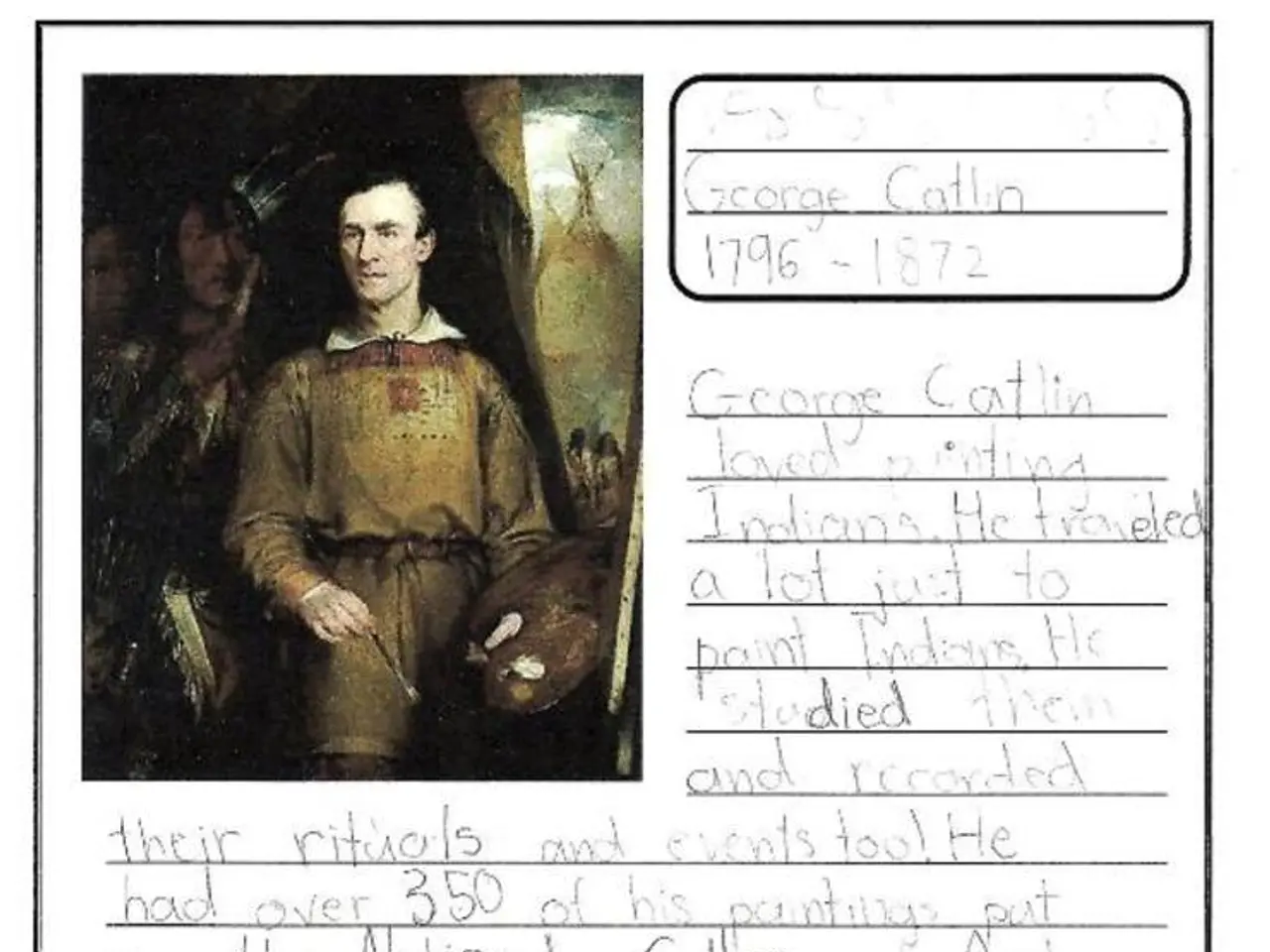Ancient Reuse of Fragments: Inscriptions on Broken Pottery Pieces
Unveiling the Secrets of Ancient Writing: The Ostracon
Ostraca, fragments of pottery or limestone, have played a significant role in both Ancient Greece and Graeco-Roman Egypt as a versatile and affordable medium for various everyday and administrative texts.
In Ancient Greece, ostraca were famously used in the practice of ostracism, a temporary exile of citizens perceived as threats to democracy. However, their utility extended far beyond politics, serving as practical writing surfaces for drafts, notes, receipts, letters, and other short texts due to their affordability and durability.
Fast forward to Graeco-Roman Egypt, and ostraca continued to be a popular choice for writing and drawing. These shards of pottery or limestone served as everyday documents, recording transactions, orders, delivery notes, receipts, and other administrative or personal records, offering insights into the daily lives and working methods of people at the time.
The most common types of texts found on ostraca include administrative documents, personal letters or notes, drafts or practice texts, and even magical or religious texts in some cases. The durability of ostraca means they often survive archaeologically better than papyrus, providing historians with a valuable glimpse into the economic, social, and political life of these ancient cultures.
One such ostracon on display at the British Museum is a small potsherd, known as Ostracon 13993, measuring 6.7 x 10 x 0.7 cm. This artifact dates back over 1,900 years and contains a type of permit for a woman named Thinabdella to perform her activity as a sex-worker on a specific day. The date on the permit is 7 October 110, and the subscription on the permit was written by Sokraton, in a different hand.
The article about this fascinating artifact was originally published by the British Library, and the author is Matthew McIntosh. The article can be found on McIntosh's website. It is licensed under Creative Commons Attribution 4.0 International.
One of the most famous examples of ostraca preserving a literary text is a Ptolemaic ostracon held in the Biblioteca Medicea Laurenziana in Florence (PSI XIII 1300). Writing on pottery was common in the ancient world, serving various purposes such as labeling containers for trade.
Interestingly, the term 'ostracon' is derived from a modern English verb and was used in Athens, in the 5th century BC, to expel political figures who were perceived as threats to democracy.
While the reason for the single-day permit for Thinabdella is a matter of debate, it could be due to her short stay or a specific occasion such as a festival. The article does not provide information about McIntosh’s social media handles or other works. The text on the ostracon was written by two tax collectors named Pelaias and Sokraton.
In conclusion, ostraca in Ancient Greece and Graeco-Roman Egypt were essential, practical writing materials for a broad range of everyday, administrative, and political texts, providing historians with evidence about life beyond elite or monumental inscriptions.
In the daily lives of people in Graeco-Roman Egypt, ostraca were used not only for administrative records but also for home-and-garden purposes, such as recording transactions related to gardening supplies or home renovations, offering insights into lifestyle aspects of that period.
Moreover, the availability and durability of ostraca made them an ideal medium for drafting and jotting down personal lifestyle notes, hinting at a more intimate side of daily life in the ancient world.




